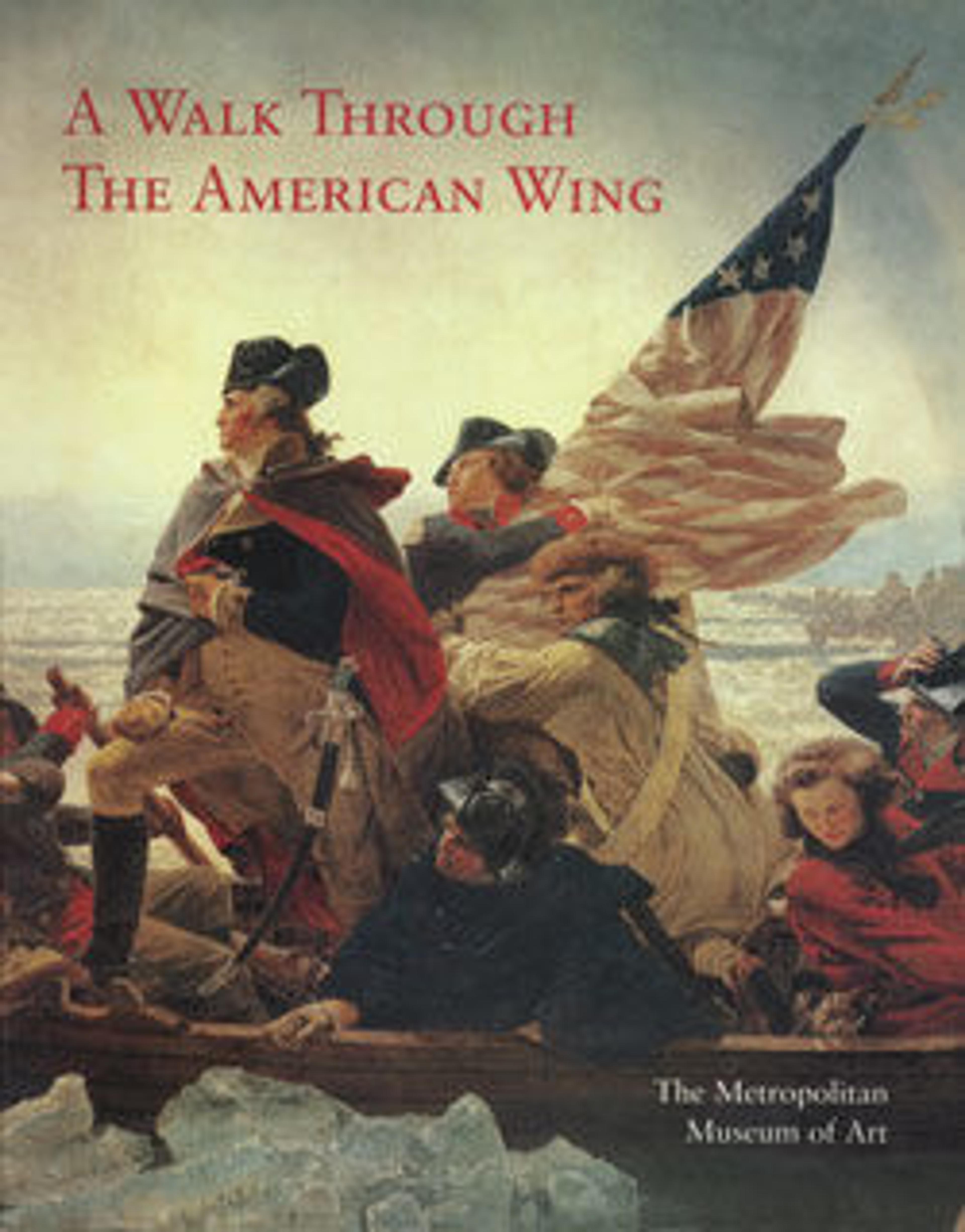Parlor from the James Duncan Jr. house, Haverhill, Massachusetts
The Haverhill Room is the formal parlor (now furnished as a bedroom) from a house that originally belonged to James Duncan Jr. (1756–1822). Duncan was a merchant living in Haverhill, Massachusetts, a town thirty miles north of Boston. He grew wealthy as a partner in the shipping and mercantile business begun by his father, James Duncan Sr. (1726–1818).
Financial success allowed Duncan to build an elegant house in the first decade of the nineteenth century. Its interior represents the neoclassical style of architecture that prevailed during the early 1800s and provides an appropriate backdrop for the American Wing’s strong collection of New England furniture from this era.
Financial success allowed Duncan to build an elegant house in the first decade of the nineteenth century. Its interior represents the neoclassical style of architecture that prevailed during the early 1800s and provides an appropriate backdrop for the American Wing’s strong collection of New England furniture from this era.
Artwork Details
- Title: Parlor from the James Duncan Jr. house, Haverhill, Massachusetts
- Date: ca. 1805
- Geography: Made in Haverhill, Massachusetts, United States
- Culture: American
- Medium: White pine and plaster
- Dimensions: Dimensions unavailable
- Credit Line: Rogers Fund, 1912
- Object Number: 12.121
- Curatorial Department: The American Wing
More Artwork
Research Resources
The Met provides unparalleled resources for research and welcomes an international community of students and scholars. The Met's Open Access API is where creators and researchers can connect to the The Met collection. Open Access data and public domain images are available for unrestricted commercial and noncommercial use without permission or fee.
To request images under copyright and other restrictions, please use this Image Request form.
Feedback
We continue to research and examine historical and cultural context for objects in The Met collection. If you have comments or questions about this object record, please contact us using the form below. The Museum looks forward to receiving your comments.
